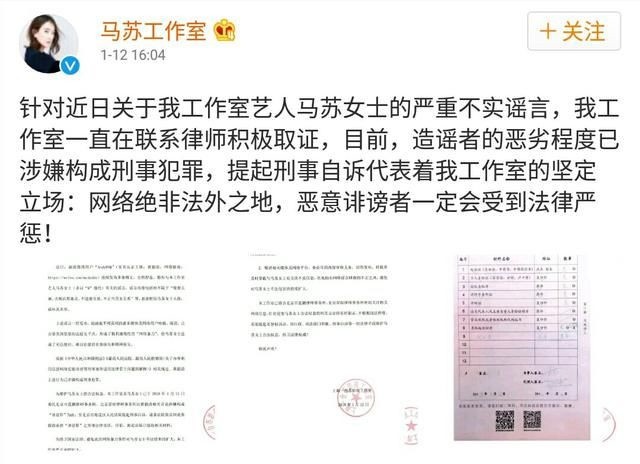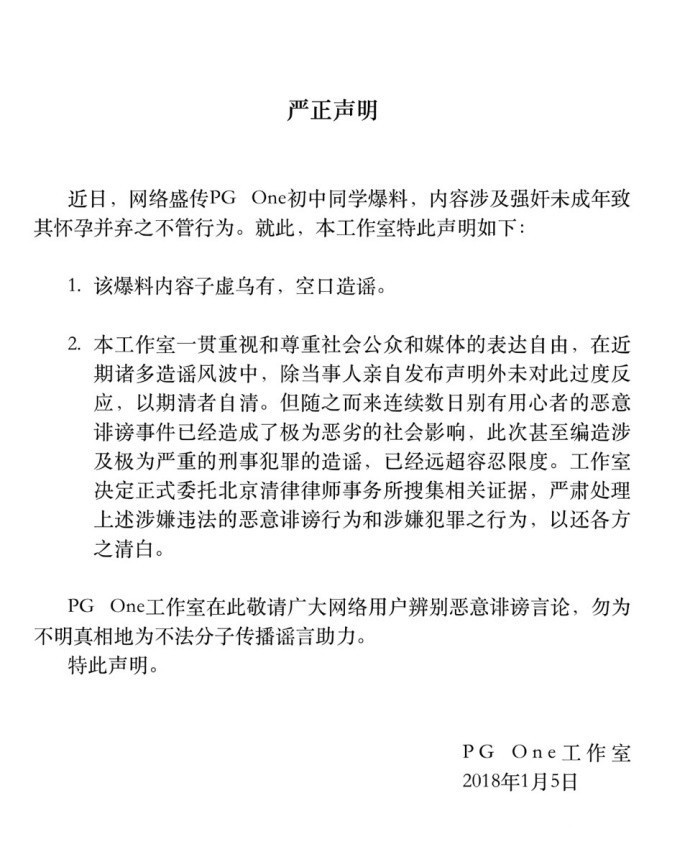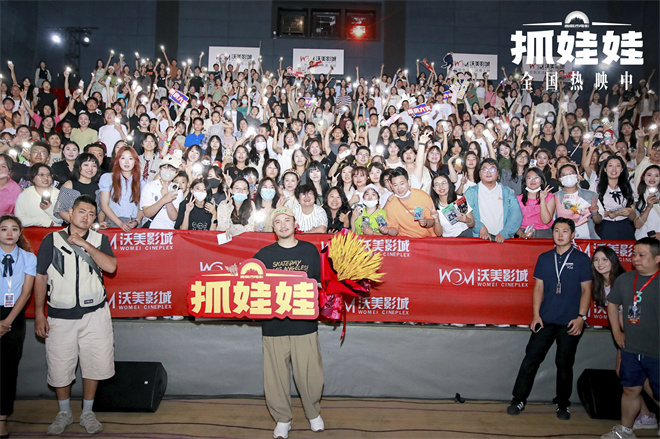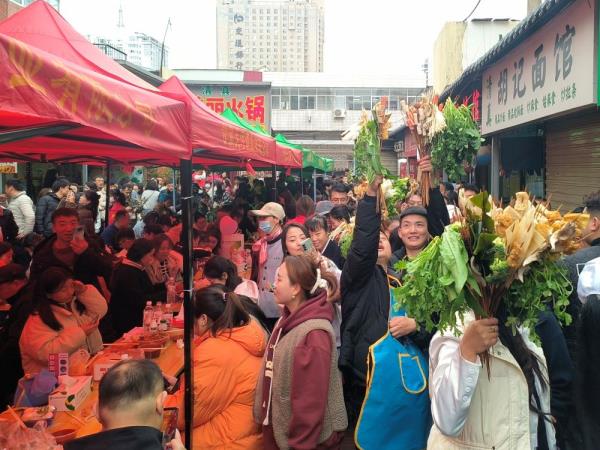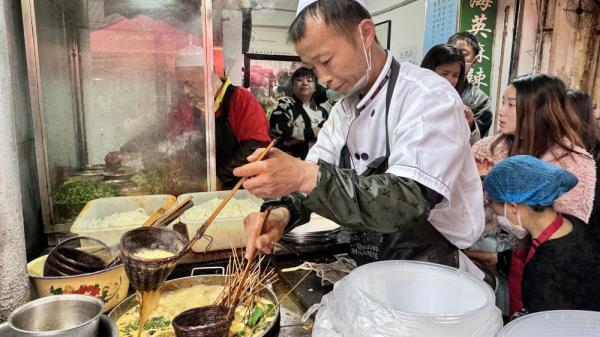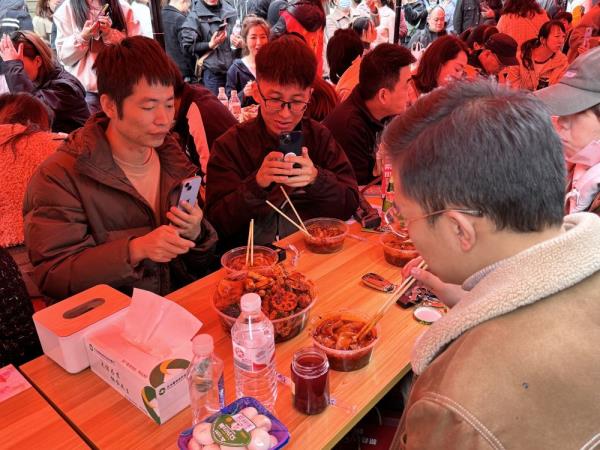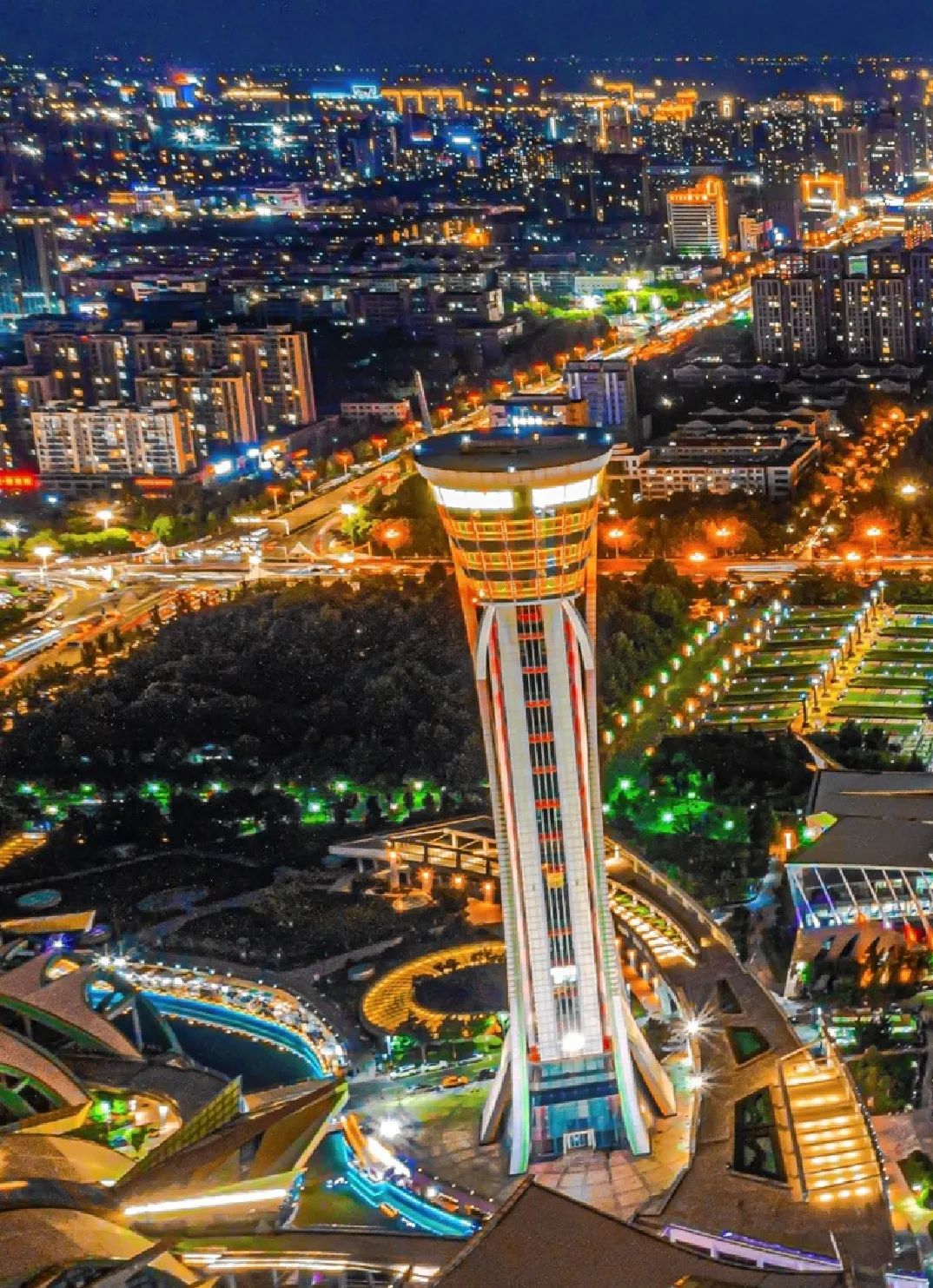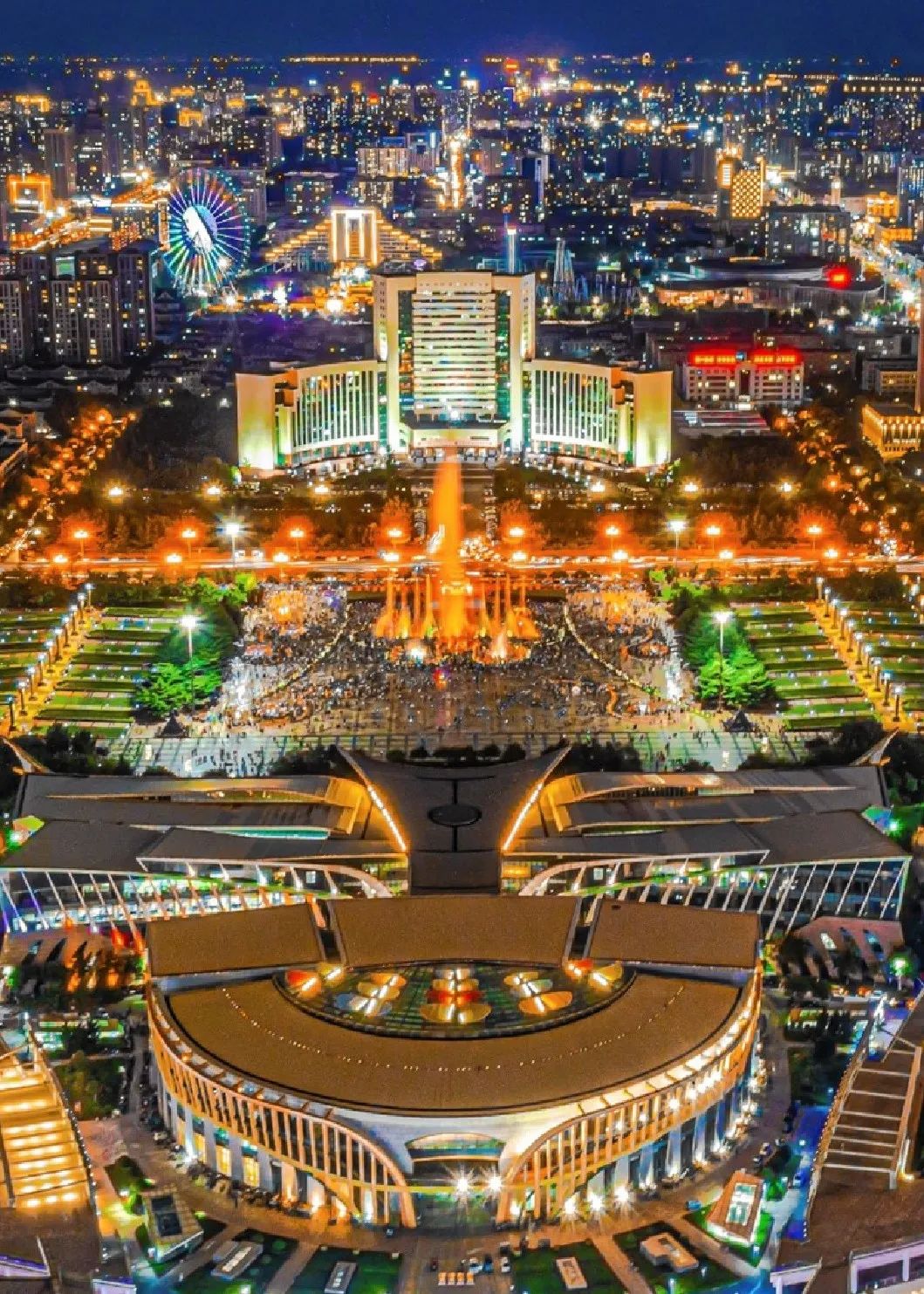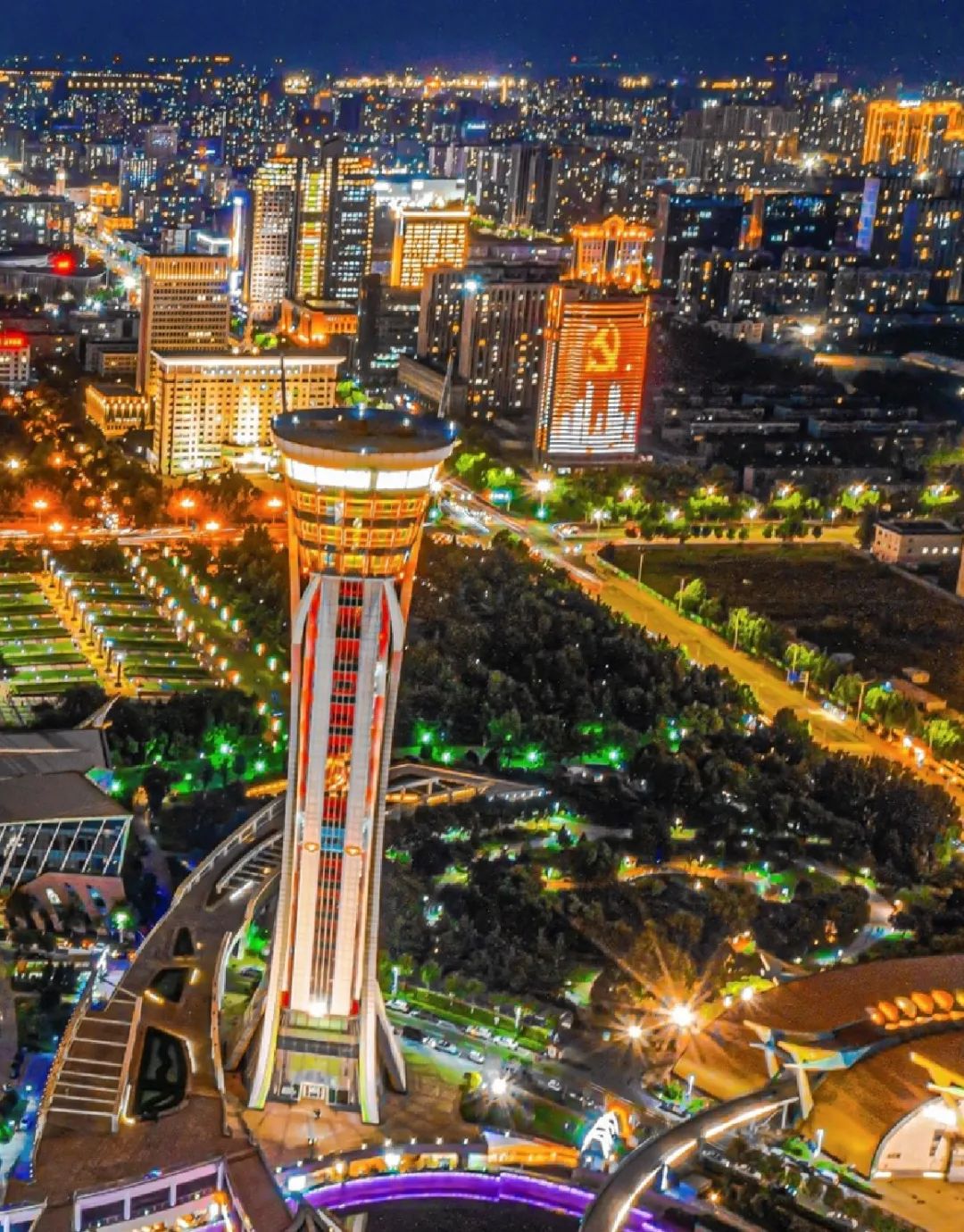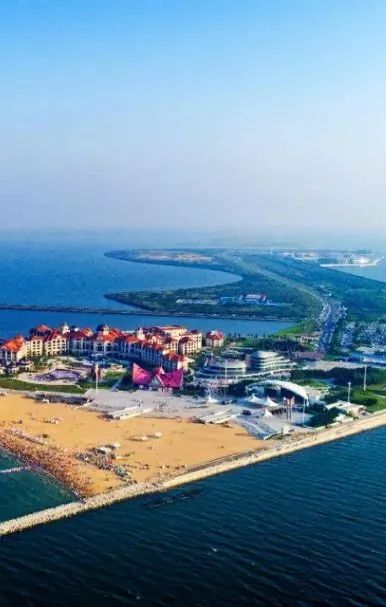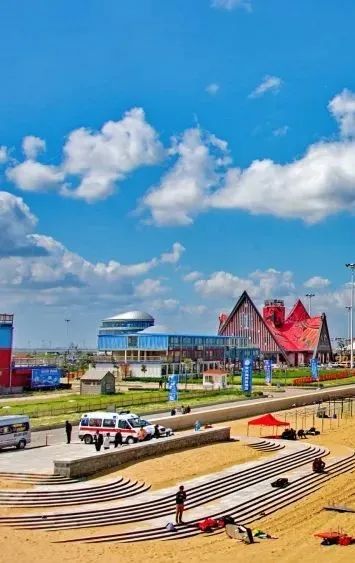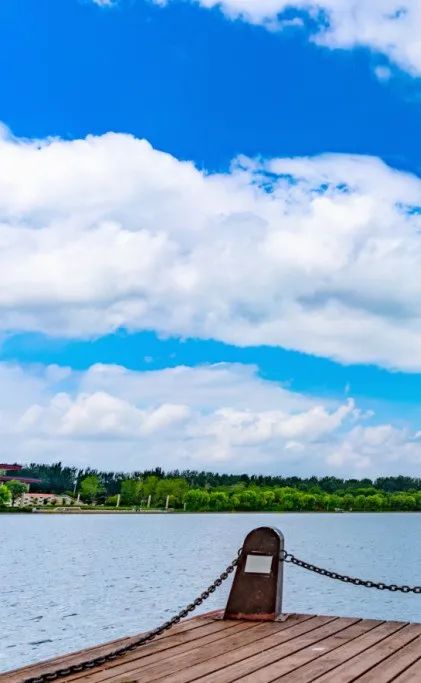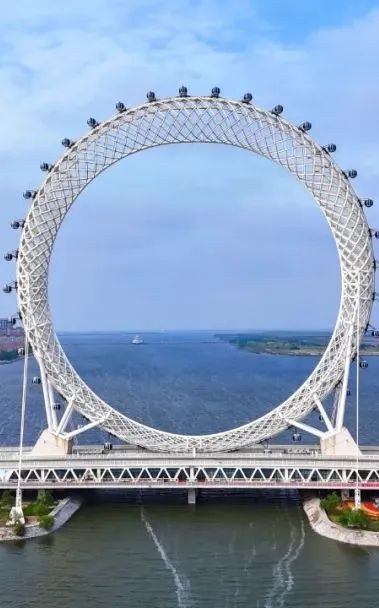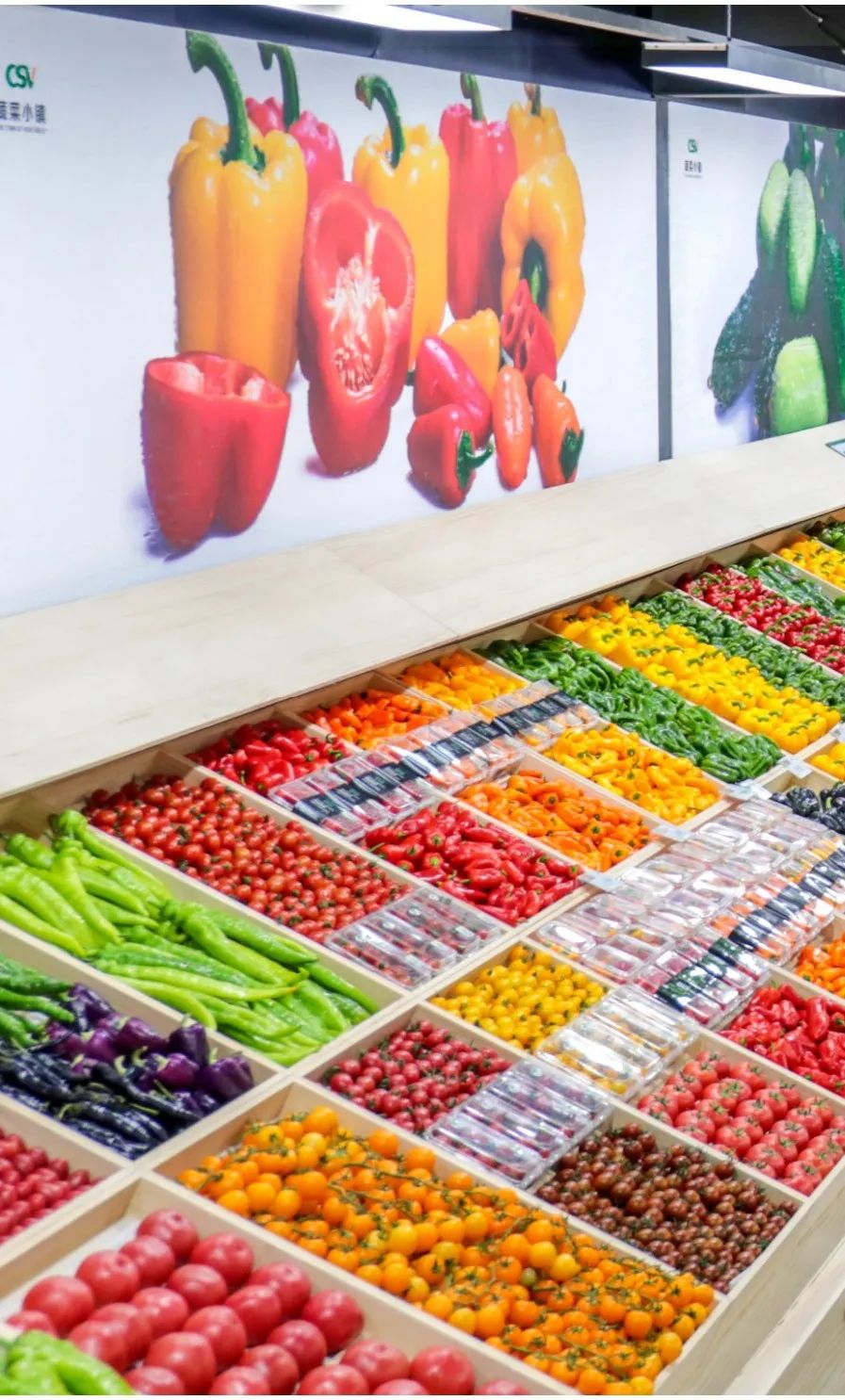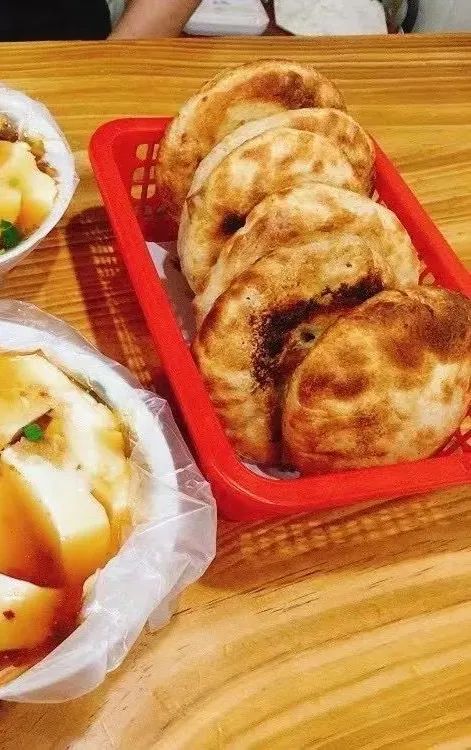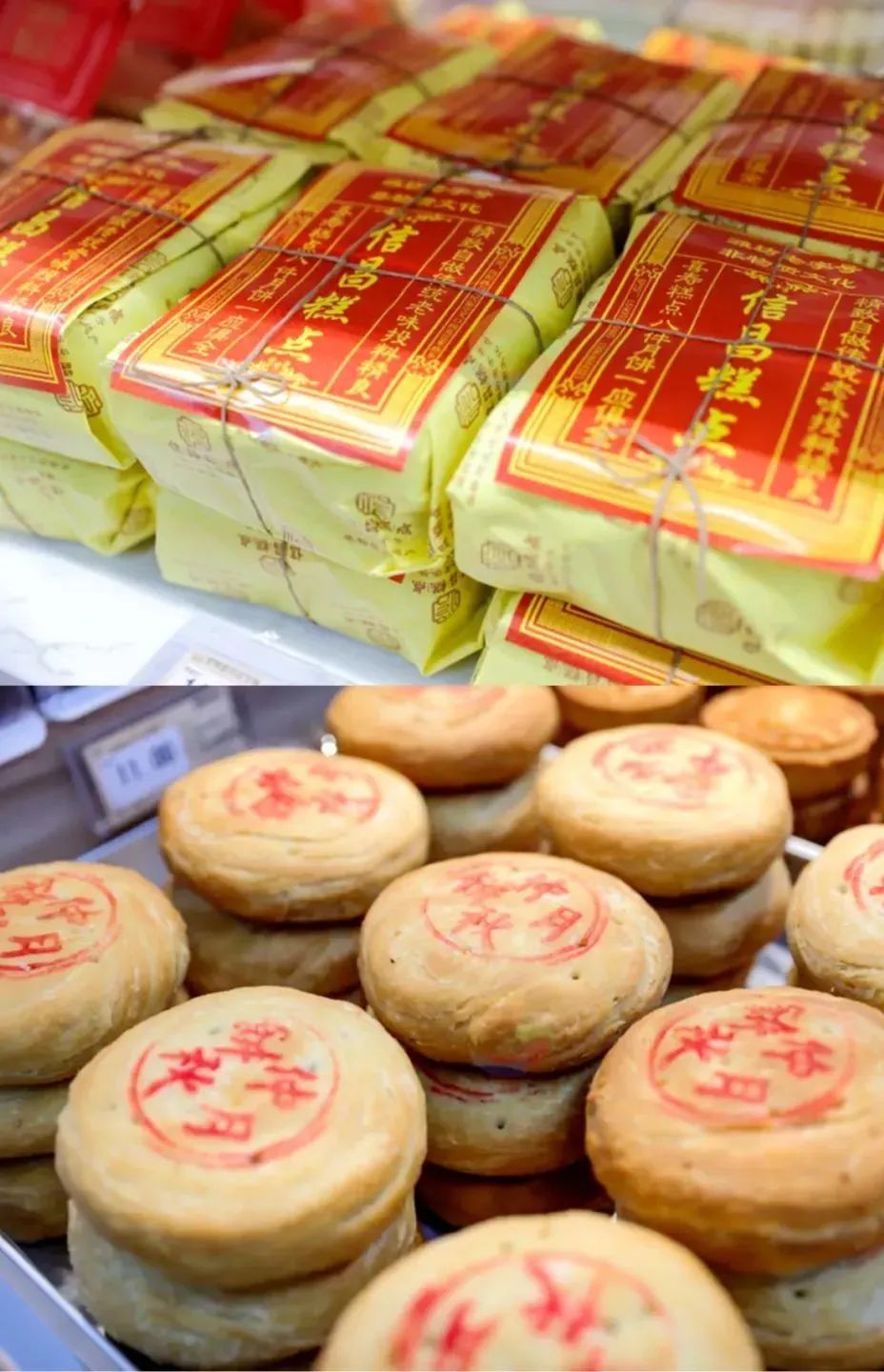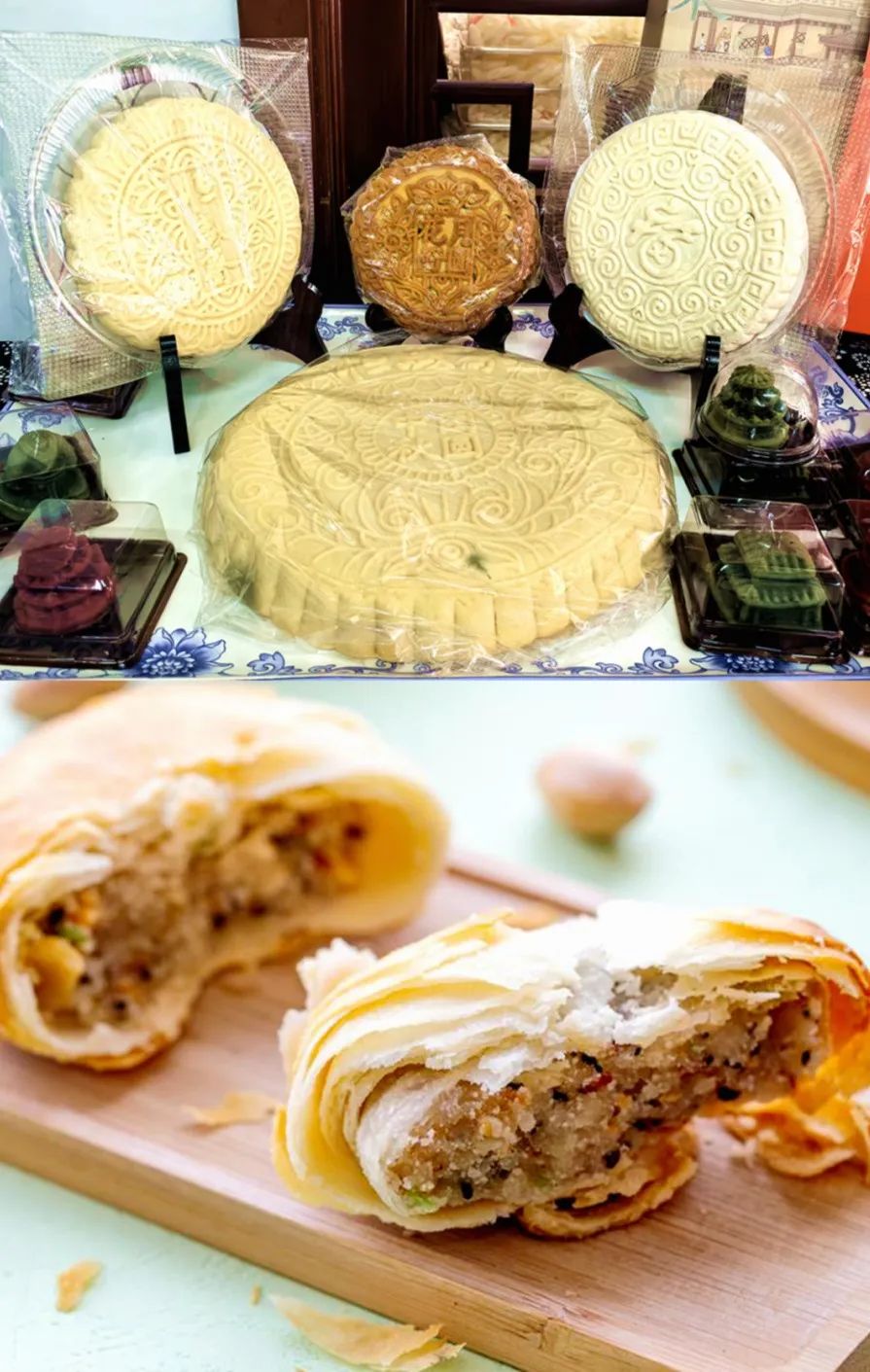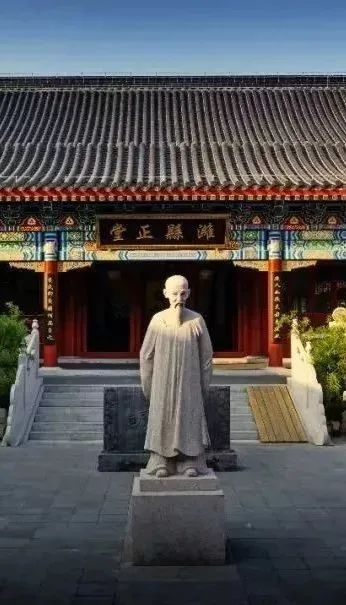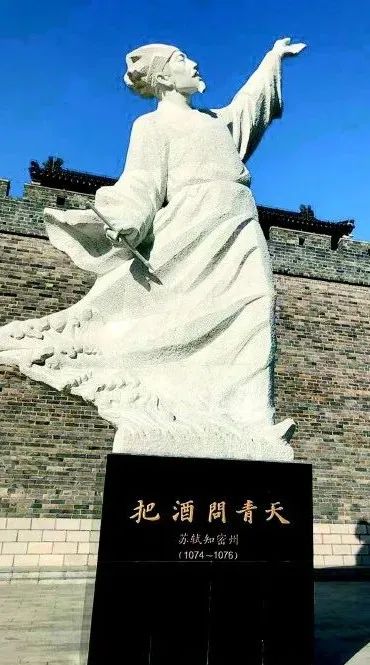CCTV News:The Supreme People’s Court, the National Development and Reform Commission, the Ministry of Industry and Information Technology, the Ministry of Housing and Urban-Rural Development, the Ministry of Transport, the Ministry of Water Resources, the Ministry of Commerce, the State Railway Administration, and the Civil Aviation Administration of China today (22nd) publicly signed the Notice on Joint Punishment of People Who Have Broken their Trust in Bidding Activities, and jointly punished people who have broken their trust in bidding activities, accelerated the construction of social credit system, and established and improved the inter-departmental joint punishment mechanism for breaking their trust.
According to the Notice, in the bidding activities, the bidders, bidding agencies, bid evaluation experts and bidding practitioners who have been declared by the Supreme People’s Court as untrustworthy enforcers will be restricted, retired or dealt with. Meng Xiang, director of the Executive Board of the Supreme People’s Court, introduced that the Supreme People’s Court pushed the information such as the name of the person subject to breach of trust, the performance of legal obligations and the situation of breach of trust to the national credit information sharing platform and the "Credit China" website, and the tenderee, tendering agency and relevant administrative supervision departments made inquiries through the "Credit China" website or credit information sharing platforms at all levels.
Below, I understand the relevant situation of the Notice from four aspects.
I. Background of Issuing the Notice
(A) The CPC Central Committee and the State Council attached great importance to the construction of social integrity.
The 18th National Congress of the Communist Party of China, the 3rd, 4th and 5th Plenary Sessions of the 18th Central Committee all put forward specific requirements for the construction of social integrity, pointing out that it is necessary to improve the disciplinary mechanism for illegal and untrustworthy behaviors, praise integrity and punish dishonesty. The Outline of Social Credit System Construction Planning (2014-2020) issued by the State Council in June, 2014 takes the construction of trustworthiness incentive and dishonesty punishment mechanism as one of the three basic measures for the construction of social credit system. The State Council appointed the National Development and Reform Commission and the People’s Bank of China to take the lead in establishing the inter-ministerial joint meeting system of social credit system. All units are required to communicate with each other in a timely manner, coordinate different opinions, promote the implementation of the work mechanism of encouraging trustworthiness and punishing dishonesty, and accelerate the construction of the social credit system.
(B) The people’s courts urgently need to build a joint disciplinary mechanism to solve the enforcement difficulties.
For a long time, the problem of "difficult enforcement" of people’s courts has been highly concerned by the society and strongly reflected by the people. In recent years, the number of new cases received by national courts has increased year by year. By August 2016, there were more than 3.4 million new cases, up 27.84% year-on-year. In the past execution cases, more than 60% debtors with property cases did not take the initiative to perform, and there were also a large number of phenomena such as violent confrontation and malicious evasion of execution. Faced with this complicated situation, it is far from enough to rely on the strength of the people’s courts alone. All departments must unite, increase the intensity of credit punishment, establish a joint credit punishment mechanism, and promote the construction of social credit system. Only in this way can the fundamental solution be achieved. The lack of honesty and credit and the imperfect social credit system have become the deep-seated reasons for the difficulty in implementation. In 2010, 19 central ministries and commissions issued the Opinions on Several Issues Concerning the Establishment and Improvement of the Implementation Linkage Mechanism, which clearly stated that a new pattern of implementation work should be formed under the leadership of the Party Committee, supervision by the National People’s Congress, government support, and cooperation from all walks of life, and a long-term mechanism to solve the implementation difficulties should be established and improved.
(C) Joint punishment of the person who has been executed for dishonesty has a good foundation.
In 2013, the Supreme People’s Court issued the "Several Provisions on Publishing the Information of the List of Persons Executed in Breach of Trust", and established a joint disciplinary system for those executed in breach of trust. With eight departments such as the Central Civilization Office and 44 ministries and commissions such as the National Development and Reform Commission and the Finance Bureau, a multi-sectoral, multi-industry and multi-means joint disciplinary network has been formed by restricting flying, high-speed rail, loans, bidding and government procurement. By the end of August this year, the Supreme People’s Court has released 4.992 million cases of information on the list of people who have been executed for dishonesty to the public. It has achieved good legal and social effects, laying a good foundation for further expanding joint disciplinary measures and limiting the bidding activities of people who have lost their trust.
II. Main contents of the Notice
The "Notice" further implements the contents of the "Memorandum" on jointly restricting the untrustworthy executors and standardizing the bidding activities in the field of bidding and tendering, which is divided into five parts.
The first part is the importance. It is an important measure to improve the joint punishment mechanism of dishonesty in bidding and tendering and to promote the construction of social credit system to carry out joint punishment on those who have lost their trust in bidding and tendering activities. It is conducive to standardizing the behavior of the parties involved in bidding activities, promoting the healthy and orderly development of the bidding market, improving the credit mechanism of "one place is broken and everywhere is limited", and forming a good atmosphere of respecting the judiciary and being honest and trustworthy in the whole society.
The second part is the object of joint punishment. That is, the bidders, bidding agencies, bid evaluation experts and bidding practitioners who were announced by the Supreme People’s Court as untrustworthy executors in the bidding activities.
The third part is the content and method of inquiry. The Supreme People’s Court pushed the information such as the name of the person subject to dishonesty, the performance of legal obligations and the situation of dishonesty to the national credit information sharing platform and the "Credit China" website, while the tenderee, tendering agency and relevant administrative supervision departments made inquiries through the "Credit China" website or credit information sharing platforms at all levels.
The fourth part is the joint disciplinary measures. This part is the core content of the Notice, which puts forward four disciplinary measures. First, it restricts the bidding activities of those who have broken their promises. For construction projects that must be subject to tender according to law, the tenderee will clearly stipulate the bid evaluation criteria in the tender announcement and other tender documents, and restrict those who have broken their promises in the bid evaluation stage. For two or more natural persons, legal persons or other organizations to form a consortium and participate in bidding activities together as a bidder, all members of the consortium shall be inquired, and once one or more members of the consortium belong to the person who has been executed for dishonesty, the consortium shall be restricted as a whole; The second is to limit the bidding agency activities of those who have lost their trust. When the tenderee entrusts a bidding agency to carry out bidding, it will give priority to the bidding agency with no record of dishonesty, so as to promote the bidding activities to be more standardized and efficient; The third is to limit the bid evaluation activities of those who are untrustworthy. The notice made it clear that the relevant units shall not employ the untrustworthy executors as bid evaluation experts, and the bid evaluation experts who become untrustworthy executors during the employment period will be retired in time; The fourth is to limit the bidding activities of those who are untrustworthy. The tenderee and the tendering agency will restrict the person who has been executed in breach of trust when they employ the tendering practitioners, and deal with the tender followers who have become the person who has been executed in breach of trust during their employment.
The last part is the job requirements, which mainly includes joint punishment by all units, establishing credit records of dishonesty and making them public, properly keeping the information of the untrustworthy executors, and not revealing business secrets and personal privacy.
The Notice has four main features. First, the disciplinary department is complete. The participating departments are key departments in the bidding field, including the National Development and Reform Commission, the Ministry of Industry and Information Technology, the Ministry of Housing and Urban-Rural Development, the Ministry of Transport, the Ministry of Water Resources, the Ministry of Commerce, the State Railway Administration and the Civil Aviation Administration. Second, the punishment is strong. On the basis of sharing credit information, one department has punished the untrustworthy parties in one field, but now it has become a joint punishment by multiple departments in the same field. Third, the scope of influence is wide. It involves a number of key areas such as pre-qualification of bidders, qualification examination of bidding agencies, employment and retreat of bid evaluation experts, and restrictions on bidding practice. The fourth is two-way joint punishment. The implementation of various disciplinary measures in the Notice requires the Supreme People’s Court to cooperate closely with relevant departments to jointly implement disciplinary measures.
Third, the Supreme People’s Court’s work in information sharing and joint punishment for dishonesty
The Supreme People’s Court conscientiously implemented the requirements of strengthening the construction of social integrity put forward by the 18th National Congress of the Communist Party of China and the 3rd, 4th and 5th Plenary Sessions of the 18th Central Committee, took the list system of people who broke their promises as the carrier and the inter-ministerial joint meeting of the national social credit system as the platform, actively participated in the construction of the "Credit China" website and the national credit information sharing platform led by the national development and reform, and actively pushed the information of the list of people who broke their promises to relevant departments and cooperative units. Strengthen the construction of the implementation linkage mechanism, and form a joint force to punish those who have lost their trust.
(a) linkage with the railway and civil aviation departments. On June 18th, 2014 and July 1st, 2014, China Railway Corporation and China Civil Aviation Information Network Co., Ltd. were officially launched to restrict the enforced person who broke his promise from buying train soft sleeper tickets and plane tickets. Starting from 0: 00 on August 25, 2015, China Railway Corporation increased restrictions on taking first-class seats on high-speed trains and other bullet trains. As of August 31, 2016, a total of 1.55 million people were restricted from taking the train; 4.705 million person-times by air.
(2) Linkage with the Credit Information Center of the People’s Bank of China. The Credit Information Center of the People’s Bank of China clearly incorporated the information of the list of people who have broken their promises into the relevant work procedures of the credit information system. When making credit reports of enterprises and individuals, it integrated the information of the list of people who have broken their promises into the credit files of people who have been executed, and provided it to financial institutions and other units in the form of credit reports.
(3) Linkage with China Banking Regulatory Commission and banking financial institutions. Cooperate with China Banking Regulatory Commission to carry out online inspection, control and credit punishment, and restrict those who have broken their promises from lending or handling credit cards in financial institutions across the country. Since 2013, the Supreme People’s Court has signed memorandums of cooperation with 21 national banking financial institutions on network enforcement and information sharing respectively, and strictly examined the important business applications of the untrustworthy executors in banks and took corresponding control and restriction measures.
(4) Linkage with the State Administration for Industry and Commerce. The State Administration for Industry and Commerce restricts the person subject to breach of trust from being the legal representative, director, supervisor and senior manager of any company nationwide. As of August 31 this year, the national industrial and commercial and market supervision departments have limited the number of people who have been untrustworthy to serve as executives of various enterprises to more than 66,000.
(5) Linkage with Internet e-commerce. Cooperate with Internet e-commerce companies such as Taobao and JD.COM, incorporate the list information of untrustworthy executors into the credit evaluation system as an important evaluation index, and use information technology to expand the influence of untrustworthy data. Restrict the high consumption behavior of the untrustworthy executor on the Internet.
In addition, the Supreme People’s Court has also cooperated with the Ministry of Agriculture, the Ministry of Transport, the China Securities Regulatory Commission, the National Citizen ID Number Enquiry Center of the Ministry of Public Security, the National Organization Code Management Center, China UnionPay, the All-China Federation of Industry and Commerce, the China Small and Medium Enterprises Association, People’s Daily Online, Baidu, Tencent, etc., and jointly punished those who have broken their promises in related fields, which has effectively promoted the construction of the social credit system.
Four, the implementation of the "notice" of the main plan
The life of the law lies in its implementation, and the significance of signing the Notice lies in its implementation. The implementation of the disciplinary measures in this Notice depends on the signatory units taking the information of the list of people who have broken their trust as an important reference in their respective regulatory fields and giving credit punishment in bidding. The Supreme People’s Court will further improve the following work: First, it will complete the revision of the "Several Provisions on Publishing the Information of the List of Executed Persons with Dishonesty" promulgated in 2013, and put forward clear requirements for courts at all levels to ensure that the information of the list of executed persons with dishonesty is included accurately, completely and timely; Second, timely provide the list information and updated information of untrustworthy executors to the national credit information sharing platform and the "Credit China" website to ensure the accuracy and timeliness of the list information; The third is to actively cooperate with the countersigning units to carry out joint punishment for dishonesty and do a good job in service.
Comrades, friends from the press, the Notice on Joint Punishment of People Being Executed for Breaking Faith in Bidding Activities, as an important document for credit punishment of people being executed for breaking faith, was officially released to the public today. The drafting and distribution of the Notice received strong support from the central authorities and relevant departments of the State Council. The National Development and Reform Commission has done a lot of coordination work. In the process of soliciting opinions, the relevant departments put forward a number of suggestions to enrich and improve the opinions, which greatly enriched the contents of the Notice.
The friends in the press here have been paying attention to the work of the people’s court to punish those who have lost their trust, and have carried out extensive publicity and reports, especially paying great attention to the drafting and distribution of the Notice. Here, on behalf of the Executive Board of the Supreme People’s Court, I would like to express my heartfelt thanks and high respect to the National Development and Reform Commission, leaders and comrades of various departments involved in countersigning, and friends in the press! I hope that everyone will continue to support the implementation of the Notice in the future and care about and pay attention to the implementation of the people’s courts.



